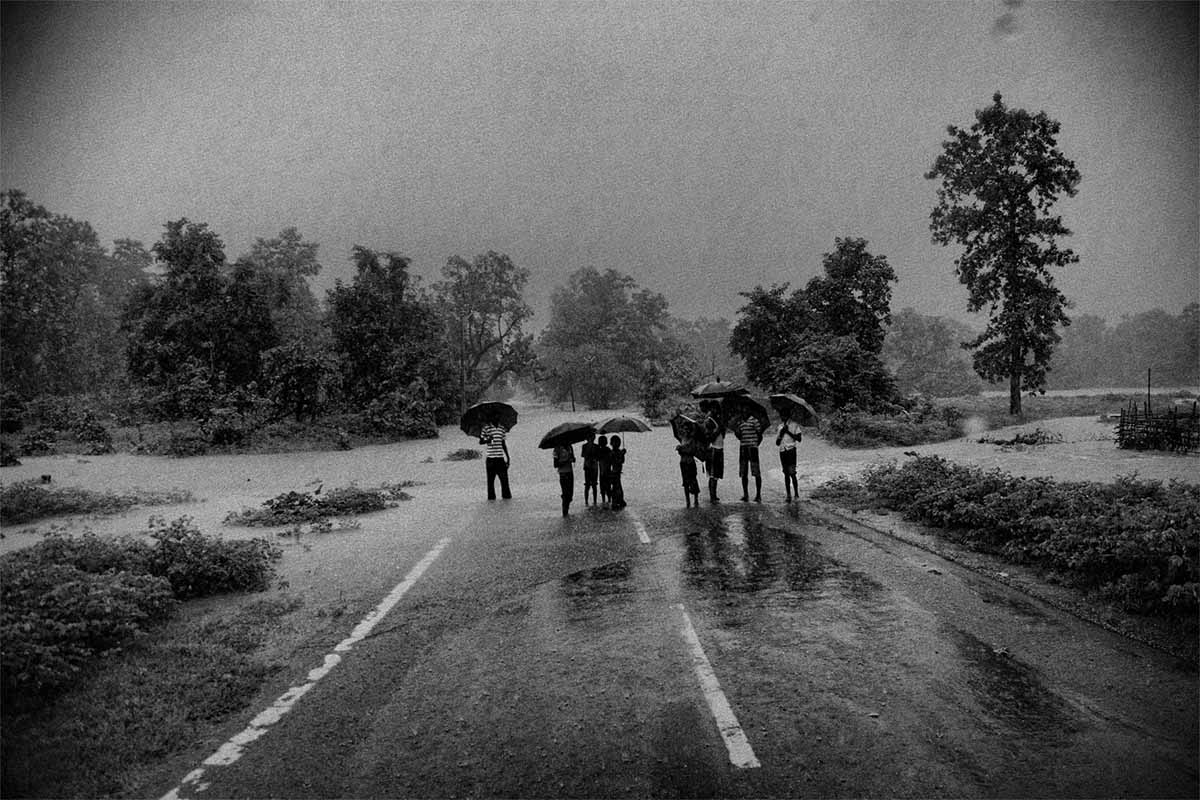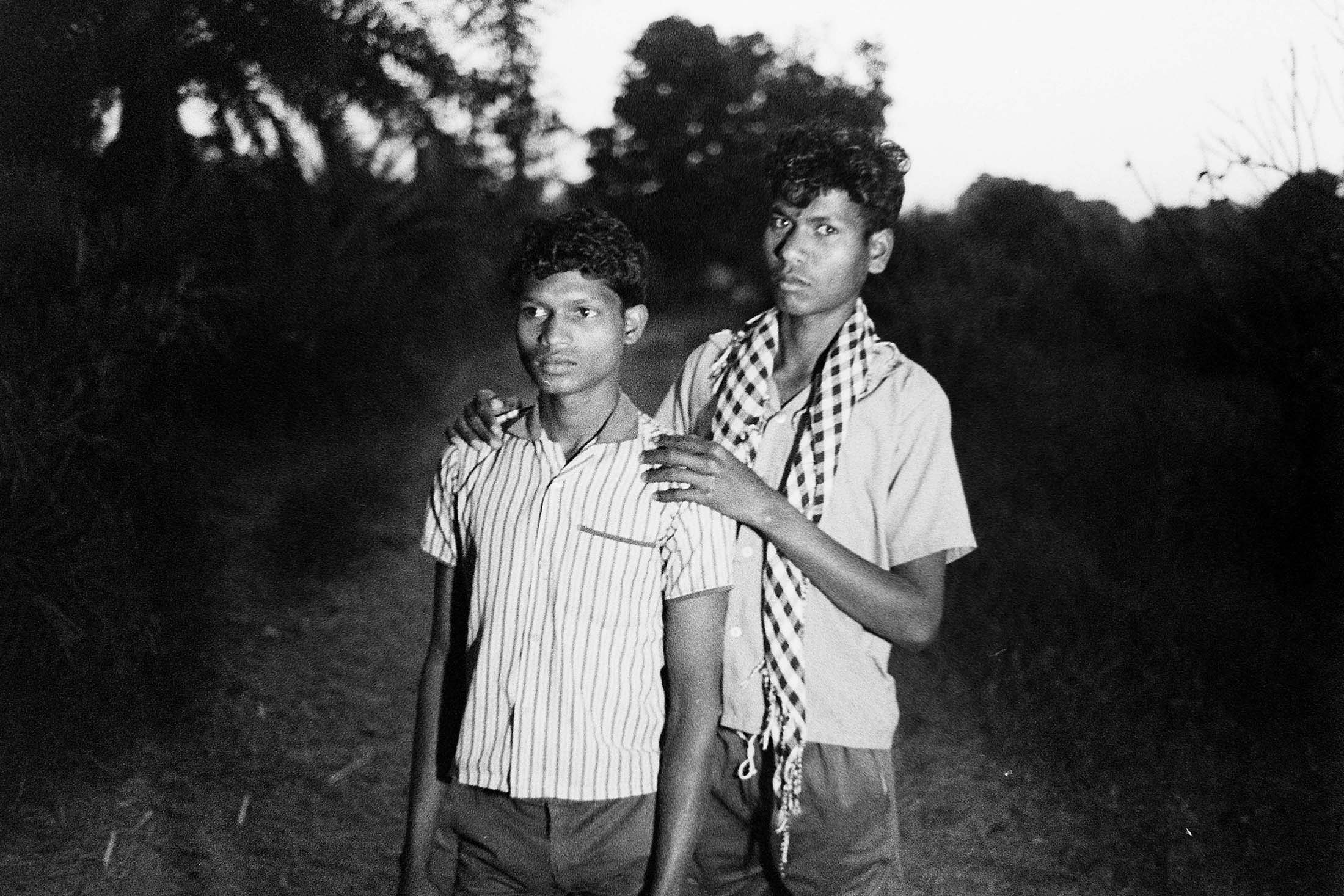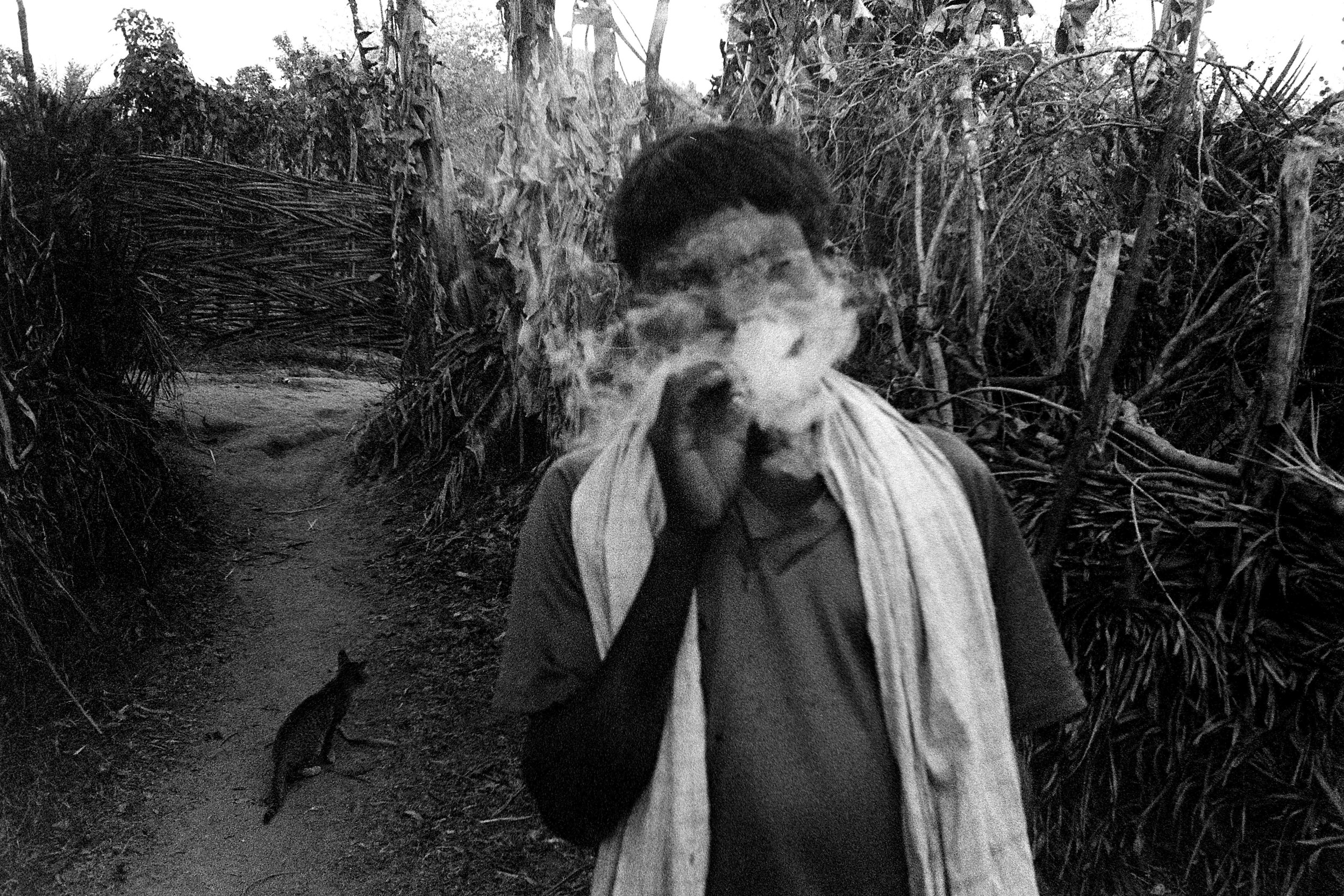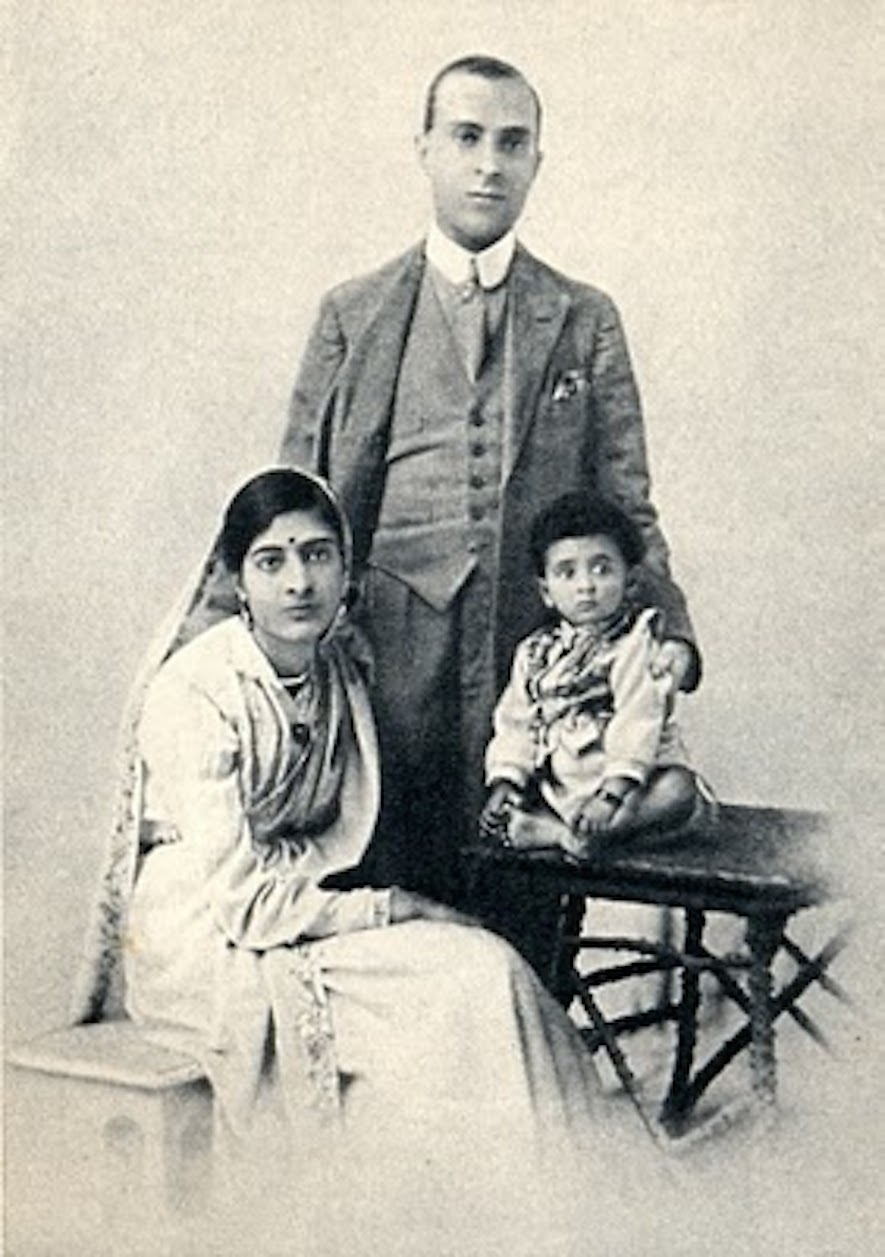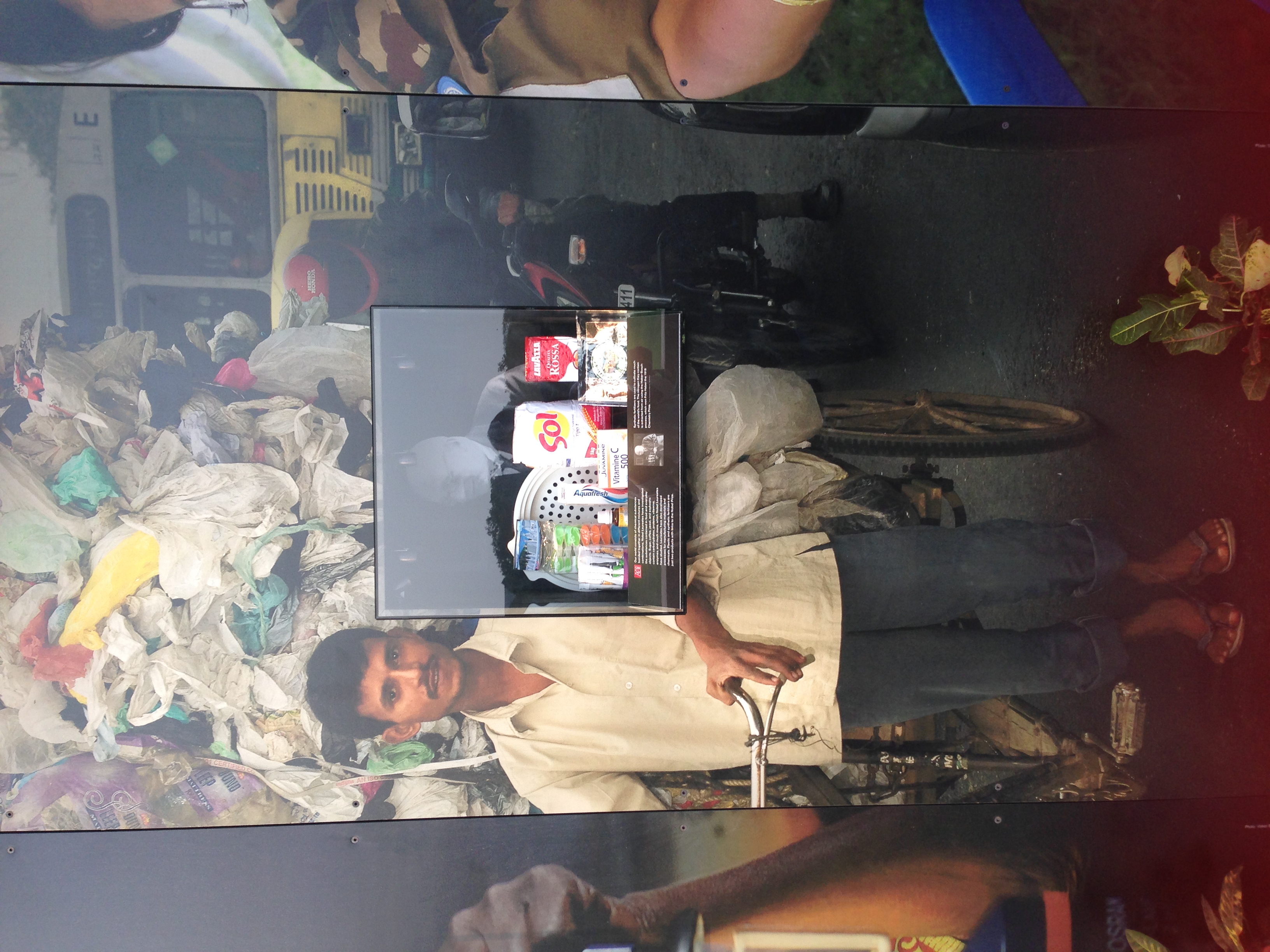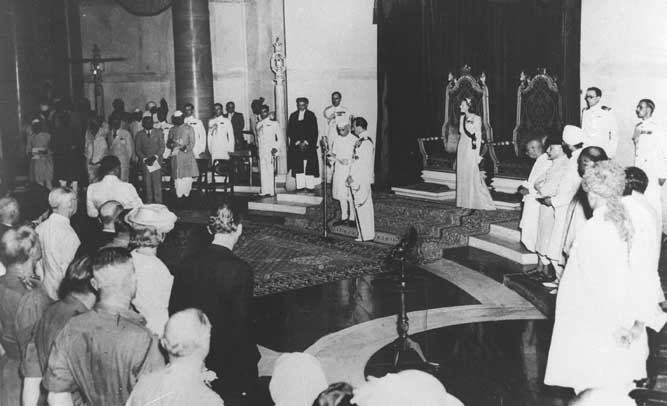“The river in front of her was black. She thought it contained many things.”
Atul Bhalla continues the artist's engagement with environmental issues, specifically those engaging with the eco-politics of water. Featured in his ongoing solo exhibition at Vadehra Art Gallery, "Ya Ki Kuchh Aur!", are three projects documented in three global locations — "Deliverance" in New Delhi, "Inundation" in Hamburg and "Contestation" in Johannesburg. Researched since 2012, the projects suggest the universality of environmental issues, while highlighting associated socio-cultural conventions that hinder or alleviate the problems thereof.
The show begins quite poignantly with the three-channel video titled Deliverance I, which opens with a wide-angle shot of calm open waters. An empty boat floats slowly into the frame of the second screen, and then into the third. There's a moment of blankness before the centre screen lights up again with a visual of the boat at sunset, the city in the background and birds squawking before nightfall. In the quietude, the lonely boat is suddenly ablaze and the video ends. The message is clear and most beautifully executed as one walks to an installation titled Looking for Dvaipayana (island-born), a reference to the Hindu scholar Vyasa and an entry point to Bhalla's research on the laborious boat-making craft of the Mallah community. A tank of water, a pillar standing tall, a table with remnants of rock with the words YA in Hindi laid on the ground presented in an archival manner suggest the inevitability of human usage of water resources. A series of 30 photographs documenting the making of a boat — wood, iron nails, workmen's hands, and the rituals that guide each step of the boat's making — are presented on an adjacent wall in The Wake.
The project is concluded in the last room of the gallery in a painting titled Deliverance, showing the wooden boat suspended in air in the moment before it touches the water, and from where it fulfills its function as a rite of passage. On looking longer, it could also be the moment the boat ends its journeying and is liberated from its function. The title is telling; the viewer is led from the object's inevitable destruction in the video through processes of its making to the moment of dilemma — the wooden boat mid-air, awaiting its release. So, what happens when the river touches the city?

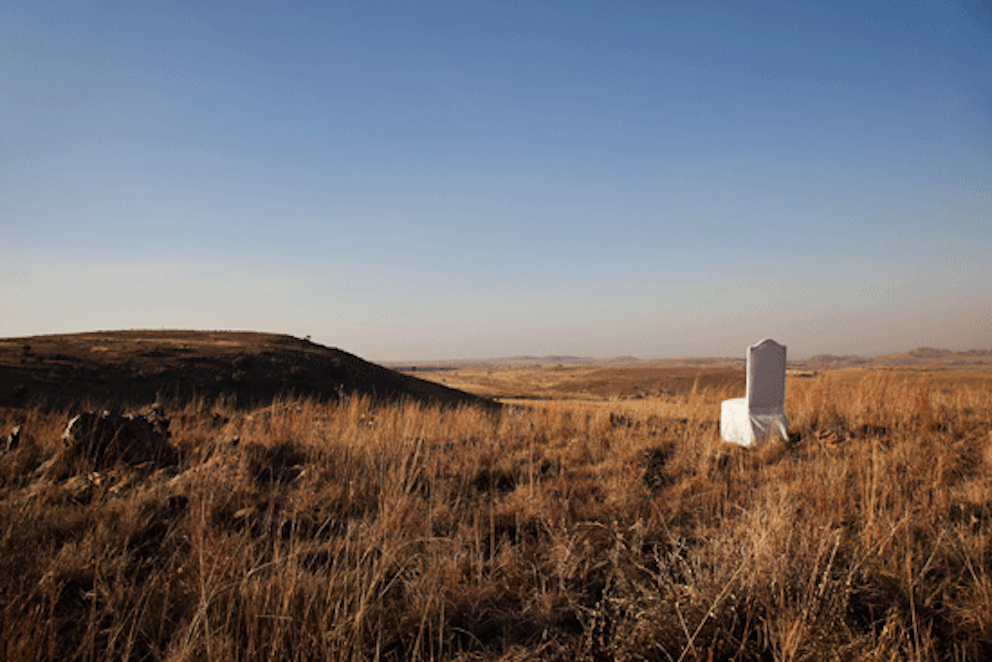
The second project, "Inundation", focuses on the acts of immersion and self- meditation referenced through the presence or absence of the physical body near the river Elbe in Hamburg. Through bodily gestures, Bhalla activates the river as a site of memory just as rituals reinforce faith in the series What will be my defeat? On the other hand, the series of three photographs Inundation-I, II, III depicts vast expanses of water, leaving the viewer to meditate on his position — the act of viewing and acting itself.
The viewer is led from the object’s inevitable destruction in the video through processes of its making to the moment of dilemma. So, what happens when the river touches the city?
The third and final project is "Contestation", researched and shot in Johannesburg, where Bhalla spent three months as part of a residency in 2012. A single white linen jacketed chair amidst the dry grassy landscape appears repeatedly itself in a series of large photographs accenting our role as spectators, while also punctuating racial and patriarchal prescriptions of South Africa through the symbolic use of the "white" high-backed chair. Politics concerning privatisation of land, gold mining and large open deposits of waste bear witness to a country still struggling with archaic laws and a hard-wired racial history.
Atul Bhalla's images of landscapes are poetic in their revelation of engagements and disengagements with urban development. Although his research and documentation cover a number of sites, predominantly rivers, his dialogue with nature is universal and often meditative. The show is but a glimpse into his many years of work but is well worth the visit and remains on view until 20 December 2014.



